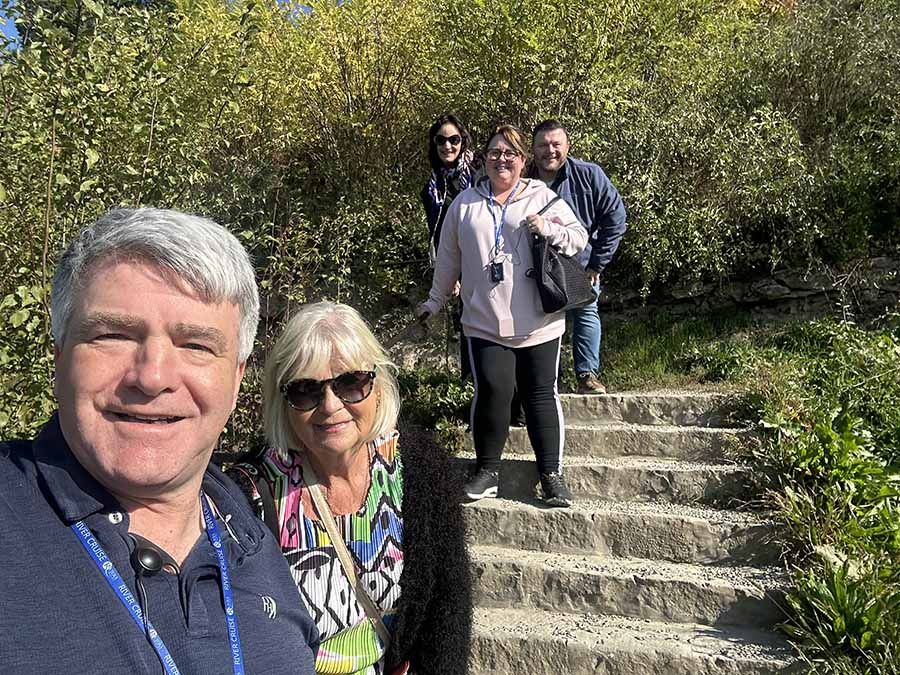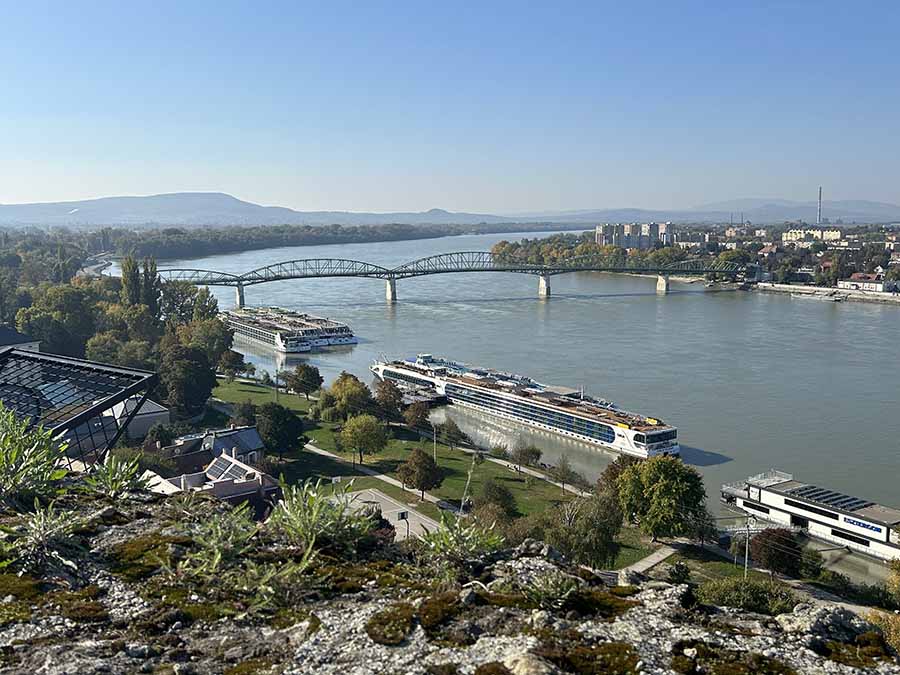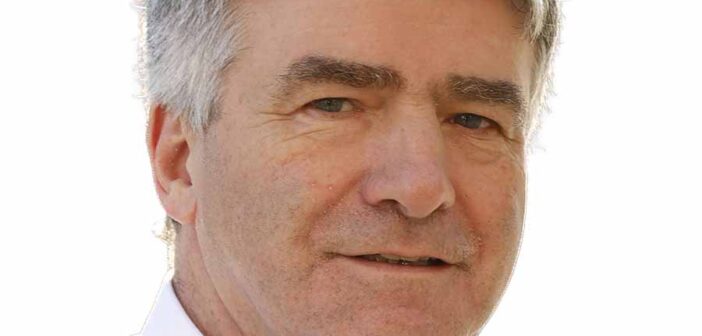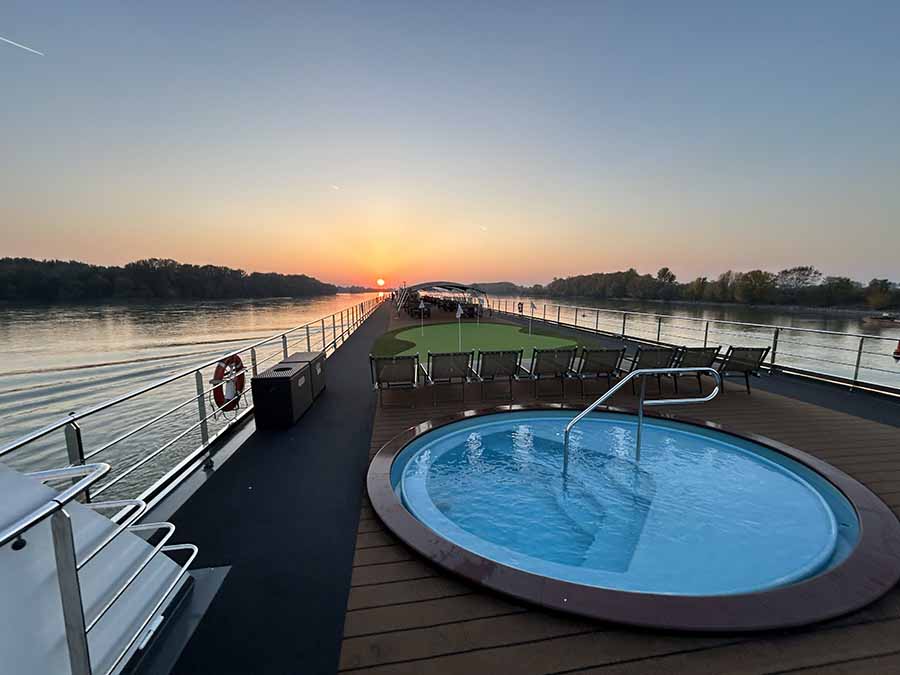
So many stories. Every bend on the flowing immensity that is the river Danube has a tale to tell. It might be the gravelly bank, the hidden river under-architecture with currents that bounce and ripples that change direction, the sporadic zille with by a watchful fisherman precariously perched aboard, the soggy plains or the marks of the highest flood (a date like 1838 helpfully attached), the fallen trees and high walled locks, power plants and towns with fortified churches, towers and spires and baroque beauty scattered like the vines that follow the contours of landscape, the grandiose capital cities and humble villages, abbeys and monasteries and taverns (sometimes all three in one), and those rare occasion when you see one of the rocky crags that does NOT have a castle built atop.
If a picture tells a thousand words, there is no smartphone filter or wide angle pano that can start to do justice to the Danube: so many sounds, smells and so much clarity of vision for anyone who wants to know what makes us in Europe who we are, history by the gallon, gazillions of gallons.
It was once the highway to the capital of Europe, crowned Constantinople and sacred Jerusalem. The mighty Hapsburgs, the family which dominated Europe like no other, built their power and wealth from here. When the delta and its hinterland fell to Islam, it became a highway to nowhere. Most of the generation that can afford the €2,500 price tag for a river cruise would remember when the lower waters were a no-go area
That dark and sinister feeling lurks a little still, for them at least, and even for some who were not born until long after Stalin’s iron fist was lifted One of Budapest’s; most visited tractions is the Stasi museum.
The grim social-realist architecture that ribbon the side roadside on the way from Budapest airport has served as a backdrop to spy ere movies (every street corner in Budapest seems to be a film set nowadays). The guide made us chuckle with his description of the transition from communism to “whatever we have now.”
Budapest is the starting point nowadays, a beautiful city with wonderful architecture and that understands that the Danube as its life blood artery. In summer it creates beaches along the river.
The Ballybrack-born fiddle-playing travel writer Walter Starkie observed in 1933 that: Life in Budapest moves to a more rapid rhythm than elsewhere in Europe, as though every moment of the day had unlimited possibilities of emotional excitement.
Budapest has been through a lot since 1933, but the excitement never went away.
* * * * *
The best tour guides are known to over-egg their stories, pepper or mayonnaise or goulash sauce. Tourguide banter is an under appreciated art. The guide in Esztergorm told two jokes about a humble man trying to dress down his boss before we embarked on a walking tour of the town and its elegant cathedral, 120 steps to the top for the sprightly to view the panorama. This was where Saint Stephen was baptised, and it became the original capital and still spiritual capital of Hungary, A Catholic outpost in the frontier against orthodox and Islam opposition to the east and protestant opposition to the north and west. It remains the spiritual capital, like Armagh or Toledo or Rheims, while great affairs of state were debated further downriver.
You spend a lot of time in the company of tour guides when you cruise. Most are operating in their second or third language, delicately and artistically covering nature and language, art and song, religion and culture. Most tell jokes to calm and relax their audience, those cruise-ohs, average age around 65, many unsteady on their feet, looking for something recognisable from their comfort zone (“look Sue, there’s a Tesco”) And being tourists, sometimes prejudiced and primed with pointless questions. Tour guides know all the answers, like good comedians dealing with a heckler. They also deal with heavy history, but keep the mood light and accessible: “You can go to the toilet but wit will be 50 florins, the lady there will not accept 49, she is the dragon and the toilet is the dragon’s den.”
* * * * *
Outside the cabin window there was fog most mornings. A colleague used “Castle in the Clouds” from Les Mis as the music for her Instagram post, another of our a quintet consisting of travel writers from ITTN and Travelbiz and agents from Cassidy Travel and the Travel Boutique.
Fog is an October experience on the Danube, which is quite different from the September or the November experience on the same ship on the same river, for the Danube is a moody dame.
The torrents and droughts, determined by mountain snowfall, rarely affect river cruise passengers. Some stops have to be missed during events like the high waters in 2014, the ice jams in 2017, the low waters in October 2018 and last June, followed by Storm Boris in September which caused the worst floods to hit Bratislava in 30 years, but cruise companies are adept at moving their ships around to cope with weather events.
Most of the challenges they face are operational and much less dramatic, such as the queue for berths in Dürnstein, where six ships can dock at once.
Thus was it always, the Danube was D for danger, where western Christians ventured downriver with caution to where Islam, witchcraft or communism camped.
This inspired the famously acerbic Dublin writer Jonathan Swift, the Bill Bryson of the 1720s, to write:
- See how the wand’ring Danube flows,
- Realms and religions parting!
- A friend to all true Christian foes,
- To Peter, Jack and Martin.
- Now Protestant, and Papist now;
- Not constant long to either;
- At length an infidel does grow,
- And ends his journey neither.
* * * * *
The dash (if chugging upriver at 10kph can be called a dash) along the Danube from Budapest to Nuremberg is one of the signature itineraries of the entire travel industry, perhaps the most iconic journey by river, through fans of the upper middle Rhine-run between Koblenz and Rüdesheim may disagree.
It has become a well-worn path, or rather a long-ruddered boatride, which generally stops at Bratislava in Slovakia, Vienna, Dürnstein and Melk in Austria, and sometimes on to Passau and Regensburg in Germany, although we did not make it that far on this occasion.
Beautiful as it is, the riverscape is often just a backdrop painted at the back of the stage to the modern cruise experience.
Or, to be more precise, the dining room.
Cruise companies, sea and river, long ago discovered that well fed customers are happy customers. For our time on board, much of the action was laden on our table, served up with smiling enthusiasm and worrying regularity by the Riviera staff: giant breakfast buffets with cold platter, lunches with more buffet canapes of pickled fish, soups, pastas and a choice of three main courses followed by cheese platters and cake.
Any of the dinners were fit for an emperor, such as Leopold 1 who was in Durnstein neue-schloss when he learned of Vienna’s liberation from the Turks in 1683, a pivotal event, some say THE pivotal event, in European history. Now it is a five star hotel.
How many stars Richard Coeur de Leon would have given his short stopover in the altes-schloss, the old castle, was not recorded. Having been ship wrecked off Italy he was betrayed by his use of a middle eastern coin to pay for a meal and imprisoned in as fine a dungeon as you could imagine, on a hilltop castle which now consists of a few crumbling walls and a panorama reward for those energetic enough for a ten minute hike to the top. The minstrel who find him by singing a song is commemorated on local storyboards and an inn named in his honour, the story formed the opening scene of the 1952 Elizabeth Taylor movie version of Ivanhoe.
Washington Irving who passed by in November 1822 wrote I never saw a finer castle for a heroine to be confined in, or a ghost to haunt, the castle is built round the very peak of a high craggy rock, among stern dark mountains, and gloomy forests; with the Danube sweeping along below it. In one part of the ruins is the sweetest dark dungeon you can imagine; cut out of the solid rock; in which I’ll warrant Richard was often put on bread and water, when he happened to be a little restive.
* * * * *
Strauss was wrong Most of the Danube we traversed was green or dull, mucky brown. The music piped into the male toilet at Vienna airport suggested otherwise. Loo Danube.
* * * * *
Because, as the rhyme says, Thursday’s child has far to go, so we will share the itinerary for Thursday as an example.
- Thursday (Durnstein & Melk)
- 04:00 – ship arrives in Durnstein
- 07:00 – 09:00 breakfast is served
- 09:00 – walking tour of Durnstein
- 11:15 – all onboard
- 11:30 – ship sails towards Melk
- 12:30 – 14:00 – lunch
- 14:30 – ship arrives in Melk
- 15:00 – guided tour of Melk Abbey
- 18:30 – meet in the lounge for a drink before dinner
- 19:30 – 21:00 – dinner
Other days were similar After dinner we retired upstairs to the lounge for the wine top-up we felt we had to indulge against our better judgement as part of the drinks package (top shelf drinks are extra), and talked about lives lived and loves lost. Riviera’s customers were predominately English and lovable, we talked soccer and horses, knee replacements and how the nice man form Leicester parked in the car park where Richard III’s remains were found beneath, right under a big R sign for reserved. Come to think of it, Leicester won the twin premierships in soccer and rugby that year. Lovely bones indeed.
* * * * *
We laughed.
A lot.
* * * * *
Dring the week I sampled grilled sword fish fillet, traditional Alaska pollock piccata, broiled fillet of Atlantic wolfish. Here is a an edited down sample menu, seeing as we are talking Thursday:
- LUNCH MAIN COURSES
- The BLT and Cheddar Cheese
- Toasted Sourdough Bread | Tomato / Lettuce / Crispy Bacon
- Crunchy Cauliflower / Slaw & Sweet Potato Fries
- Pan fried Red Fish Fillet
- Crispy Bacon Butter / Roasted Young Potatoes / Cucumber Salad
- Potato Gnocchi & Pesto
- Parmesan Chips
- DINNER MAIN COURSES
- Pink Roasted Barbarian Duck Breast
- Parsnip Puree & Chips / Sweet Potato Gratin| Figs & Duck Jus
- Sautéed Fillet of Lemon Sole
- Wrapped in Courgette / Tomato Sauce & Sweet Potato Gnocchi
- Grilled Chicken Breast
- Fries, Rice or Boiled Potatoes & Vegetables of the Day or Mixed Salad
- Grilled Atlantic Salmon
- Fries, Rice or Boiled Potatoes & Vegetables of the Day or Mixed Salad
- Indian Dahl Curry
- Lentils | Jasmine Rice / Coriander / Crispy Garlic
- Chef’s Pasta
- LOCAL FLAVOUR
- Austrian “Tafelspitz”
- Boiled Brisket / Root Vegetables / Rösti Potatoes
- Creamed Spinach | Chive | Apple Horseradish
- DESSERT
- French Opera Cake
- Almond Sponge Cake / Coffee Syrup & Vanilla Ice Cream
- After Eight Delight
- Vanilla & Chocolate Ice Cream / Chocolate Mint Sauce / Whipped Cream
- Chef’s Cheese Platter
- Roulette Walnut / Roquefort / Gruyere | Grapes / Chutney
* * * * *
There were many Irish stories around the riverbend. We disembarked in Melk, to visit the wonderful and ancient Benedictine abbey which is a signature attraction of the Danube rivercruise.
There are 135,000 books in the library there, including one of the 22 surviving manuscript copies of Cogitosus’ Life of saint Brigid, a fitting place for a life of our most influential holy person and the greatest Irishwoman of all. Travel writer Patrick Leigh Fermor made Melk Abbey the climax of his European odyssey.
The town and abbey are dedicated to another Irish saint, Colman, who was en route to the holy land in 1012 when he was mistakenly hanged as a spy and is now one of the five patron saints of Austria (since you asked, the others are Florian, Joseph, Leopold and Maurice).
Colman came from the same parish as Ryanair CEO Michael O’Leary, which may explain the hanging.
So many stories.
Riviera Travel itineraries
- Riviera Travel’s largest-ever river cruise programme will operate in 2026. 133 sailings are on offer, on 13 river ships, taking in destinations across Europe. The season features 13 dedicated solo departures.
- A free all-inclusive drinks package is on offer for all 2026 European cruises. The package is available daily from 10am until midnight, and includes wines, beers, cocktails and mocktails, soft drinks and juices, spirits, and tea and coffee.
- New-for-2026 are five specially themed itineraries, and a Medieval Germany solo-dedicated departure.
- Riviera has also said that 2026 departures are currently frozen at 2025 prices for a limited time, until December 15, 2024.
- A €50 per booking incentive on all European 2026 river cruise bookings is available for agents from September 18 to October 31, 2024. Updates will be shared on the Riviera travel agent Facebook group.
- Gastronomy of the Danube features the choice of a guided tour of Linz with a tasting of Leberkas, Linzer Torte and a local beer, or a full-day tour of Salzburg; guided tour of Vienna with a visit to a traditional confectioner at Schönbrunn Palace; the opportunity to sample Hungarian and Austrian wines in the cellars of the Esztergom Basilica; and a guided tour of Budapest central market. Departing April – October 2026, with prices from €2499pp.
- Music & Art of the Blue Danube, Guided tours in Vienna, Dürnstein, Bratislava and Salzburg, the birthplace of Mozart; a behind the scenes tour with the renowned Vienna Boys Choir; visits to Esztergom Basilica and Melk Abbey; and the choice of a visit to the House of Music or the Museum of Fine Arts in Budapest. Departing April – October 2026, with prices from €2299pp.
Budapest, Hungary:
- Buda Castle : A stunning historical palace complex with sweeping views of the city and the Danube.
- Hungarian Parliament Building : An iconic Gothic-style building offering guided tours and stunning architectural details, it inspired Arthur Griffith to found Sinn Féin in 1904.
- Thermal Baths : Famous baths like Széchenyi and Gellért provide a unique relaxation experience.
- Fisherman’s Bastion : Known for its fairy-tale architecture and panoramic views of the city.
Esztergom, Hungary:
- Esztergom Basilica : The largest church in Hungary, featuring impressive frescoes and a dome that offers a view of the Danube.
- Esztergom Castle : Historical fortress overlooking the river, providing insight into the town’s rich history as one-time capital of Hungary.
- Christian Museum : Houses an extensive collection of religious art and artifacts, as befits the spiritual capital of Hungary.
Bratislava, Slovakia:
- Bratislava Castle : The town’s most prominent landmark with gardens and views of the Danube and the city. The parliament house is nearby.
- Old Town :Step back in time into narrow streets, historic buildings, and lively cafes.
- UFO Observation Deck : Located atop the SNP Bridge, it offers stunning panoramic views of the city and the Danube.
Dürnstein, Austria:
- Dürnstein Castle : Ruins of a medieval hilltop castle linked to the tale of King Richard the Lionheart’s imprisonment.
- Wine Tasting : Renowned for its vineyards, visitors can enjoy wine tasting experiences in the picturesque countryside. A little shop offer rabbit shit: chocolate sweets based on a nearby legend.
- Old town : A pedestrianised street filled with blue-painted buildings, shops, and cafes, a tunnel carries road traffic underneath.
Melk, Austria:
- Melk Abbey : A magnificent Benedictine abbey known for its rich history, beautiful architecture, and stunning views of the Danube, the shrine to the left of the altar has the relics of Saint Colman from near Mullingar, or Koloman as he is known here.
- Historic Old Town : Features baroque buildings and lovely squares that invite exploration and a coffee stop, great clothes shop and Saint Colman’s fair every October 13, his feast day.
Linz, Austria:
- Ars Electronica Centre : A leading museum of the future that combines technology, art, and science.
- Lentos Art Museum : Showcasing modern and contemporary art within an architectural gem along the river.
- Pöstlingberg : A nearby hill offering a panoramic view of Linz and a charming pilgrimage church.
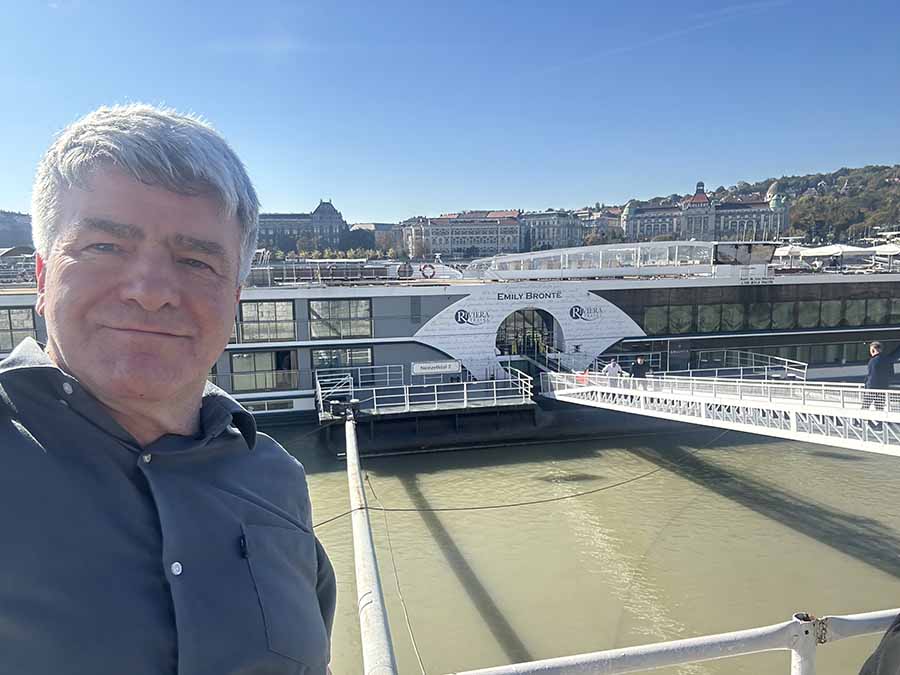
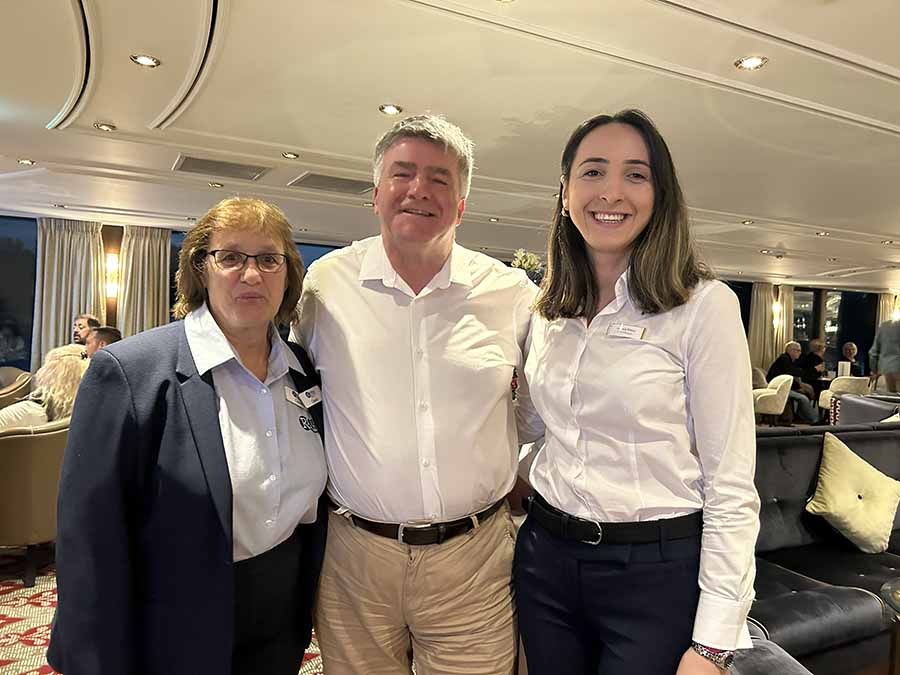
Eoghan Corry with Cassie Edmondson and Andreea Minca of Riviera
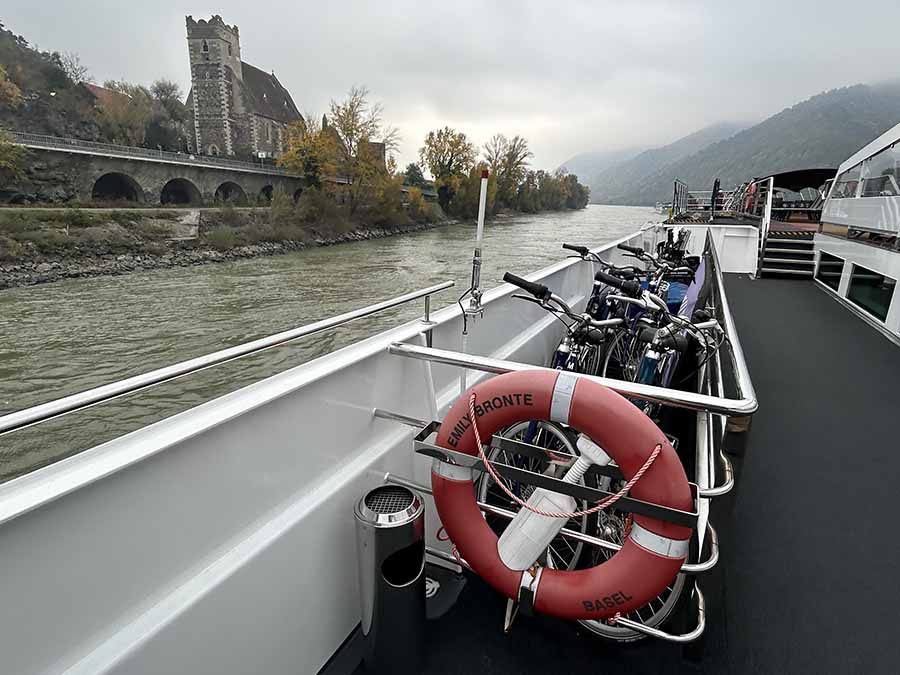
Bicycles on board

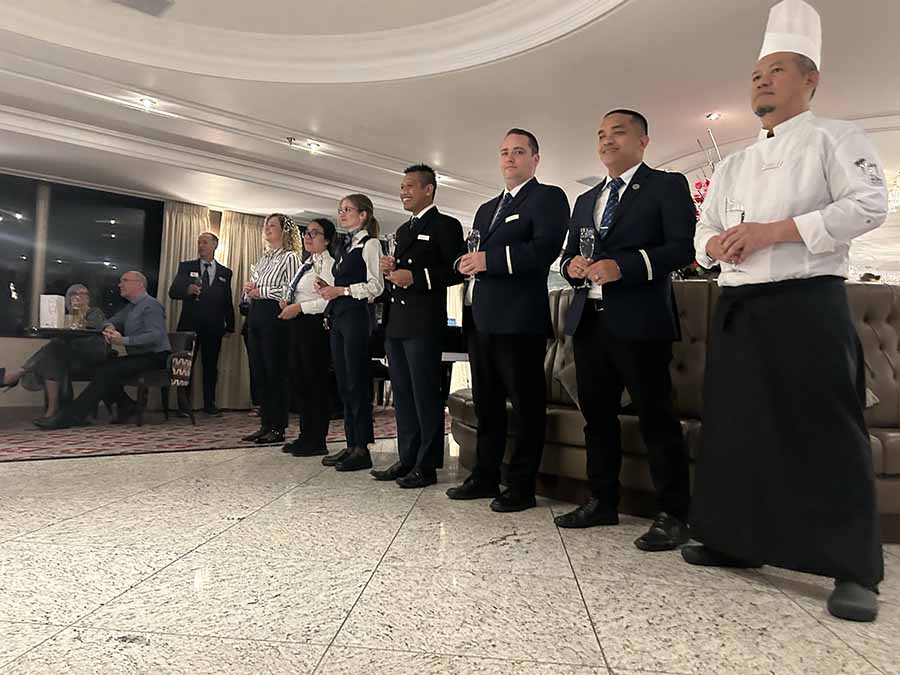
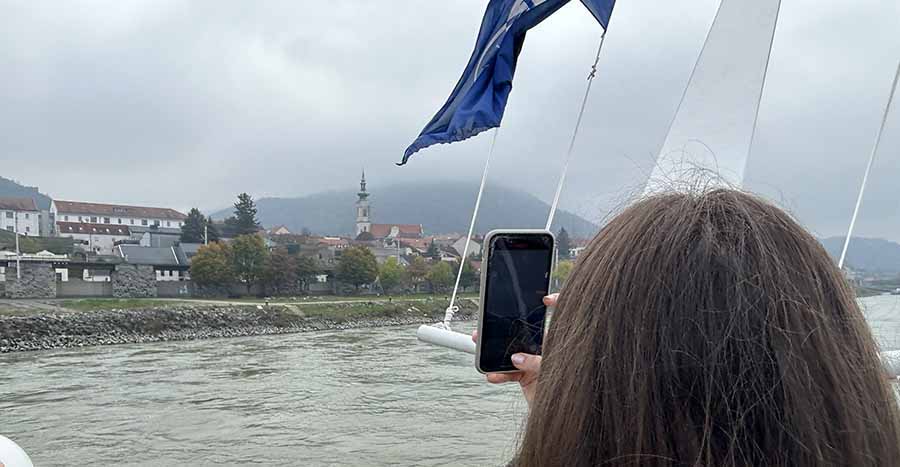
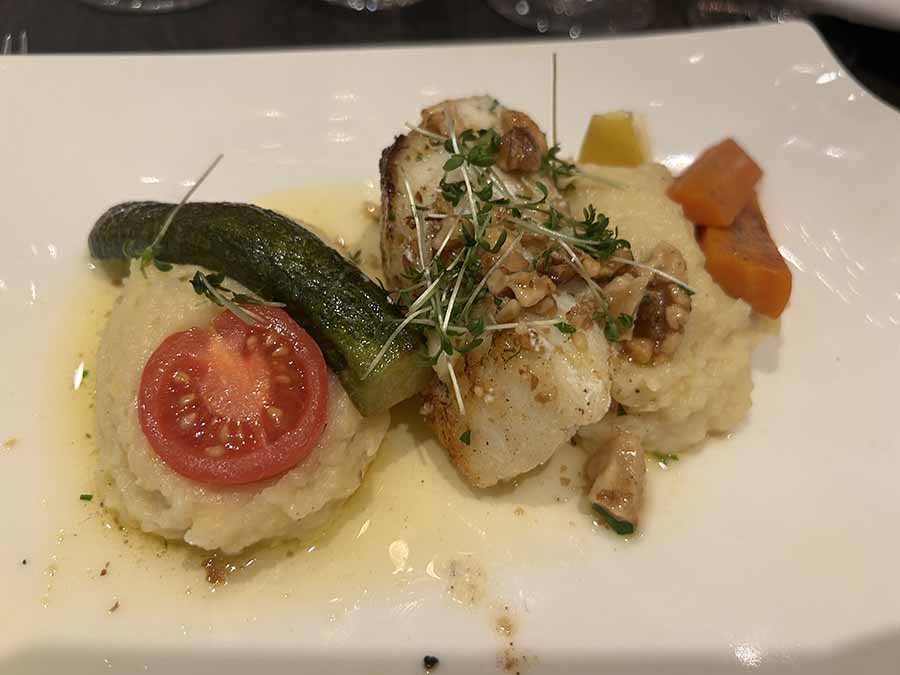
Atlantic wolfish
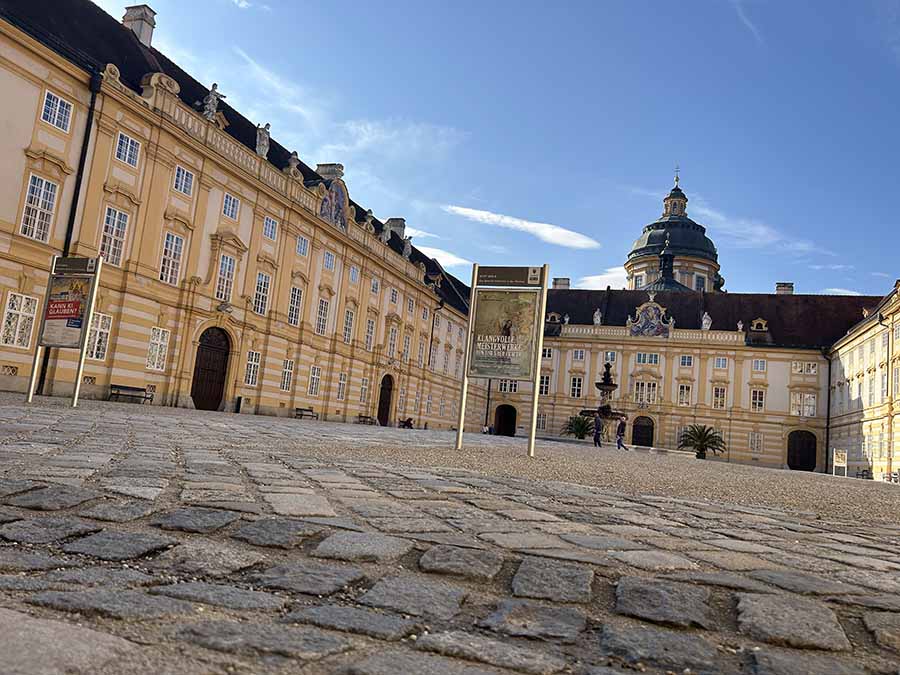
Melk Abbey
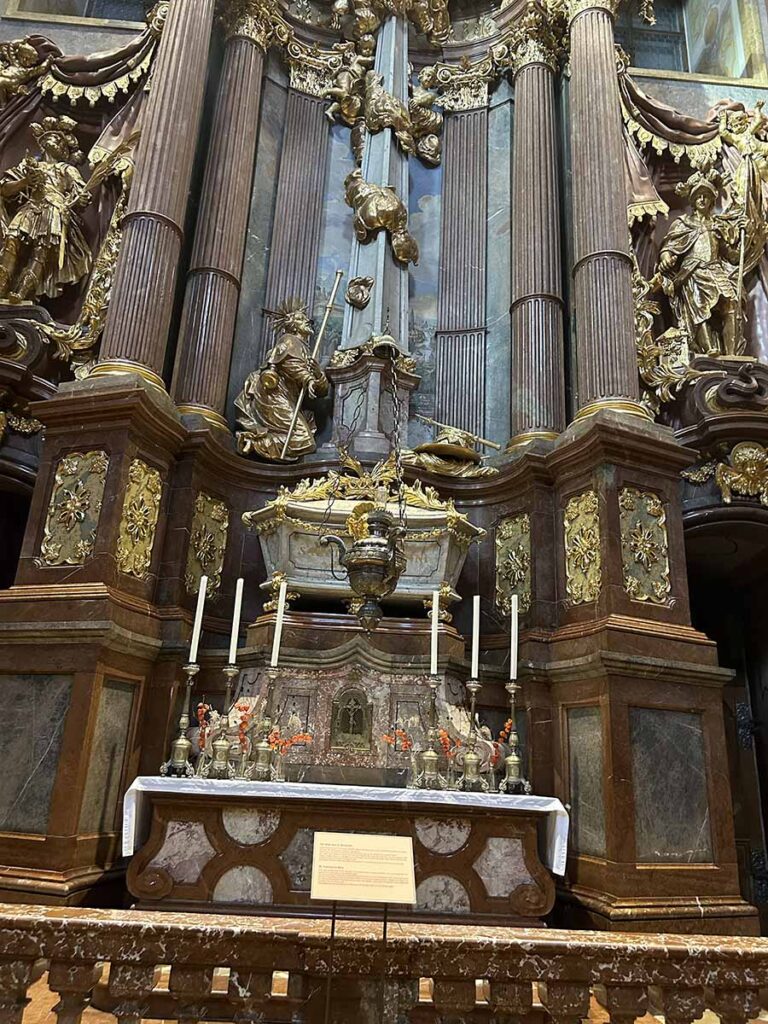
Shrine to Saint Colman, or Kolooman
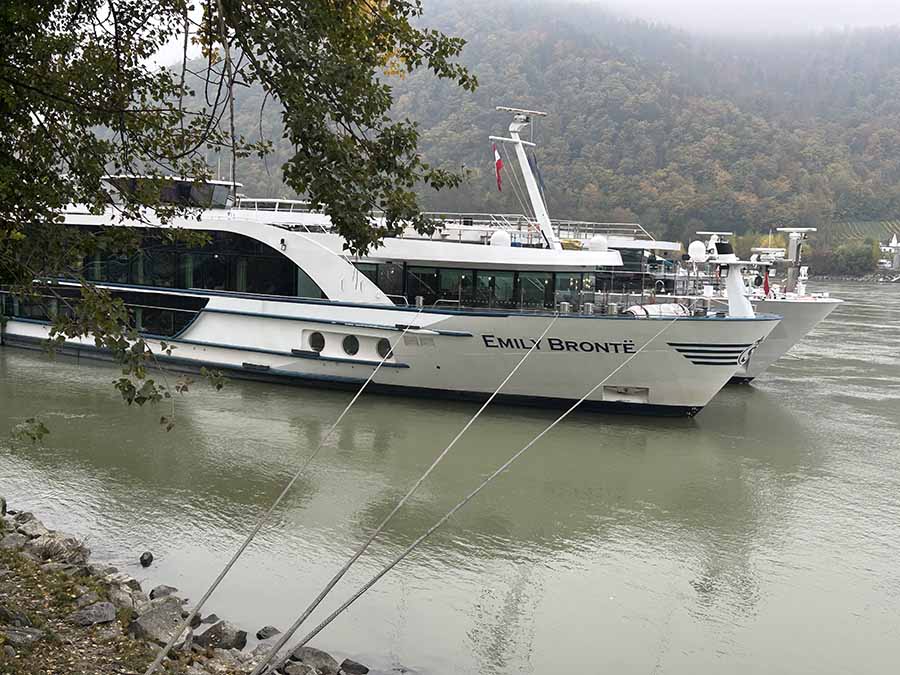
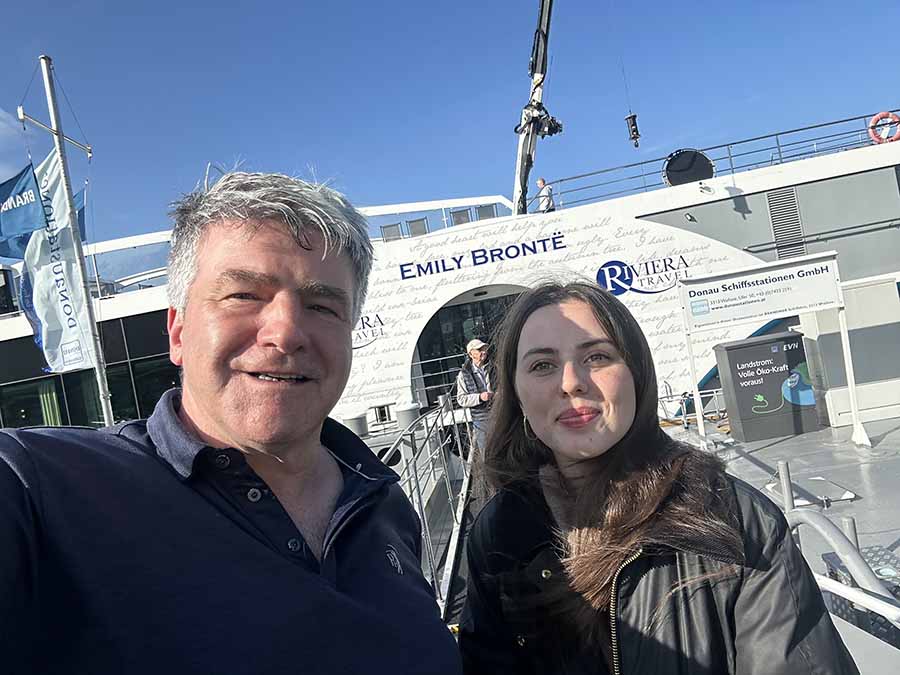
Eoghan Cory and Iunia Dimitrenco of Travel Broker
